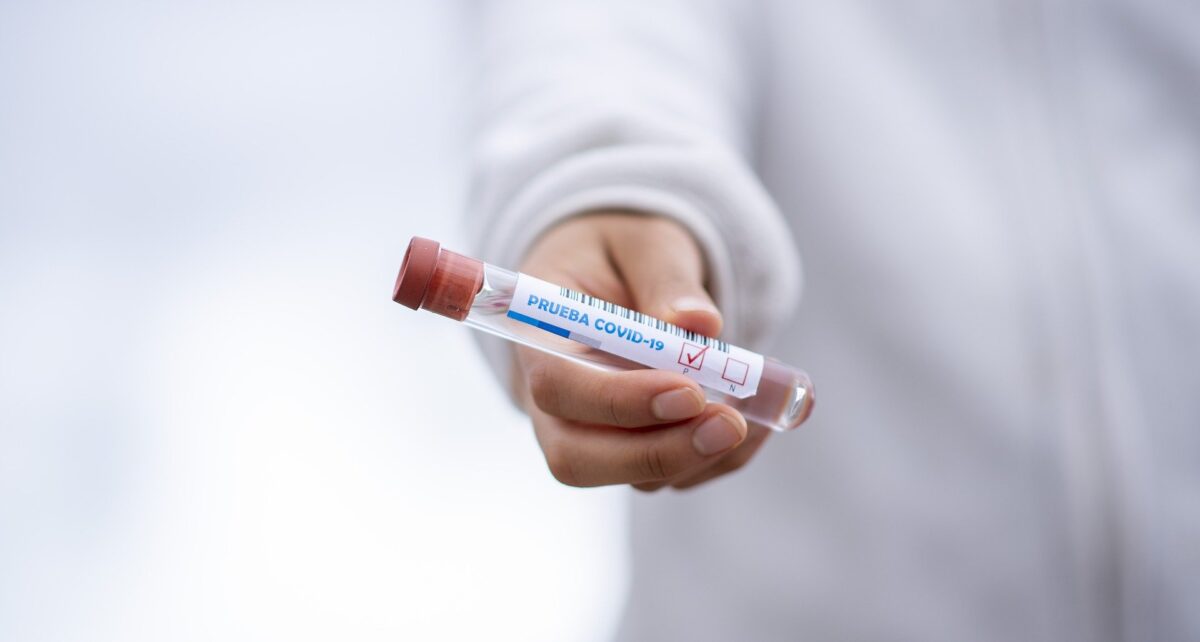
Types of diagnostic tests to detect coronavirus SARS-CoV-2 (COVID-19)
In December 2019, a new coronavirus (SARS-CoV-2) was identified in Wuhan (China) as the microorganism responsible for the appearance in humans of severe and lethal pneumonia in some cases, with person-to-person transmission through small droplets of saliva. Due to this route of transmission and the high infection capacity of the virus, as well as taking into account that we live in a globalized world where there is a great mobility of people from one continent to another, the infection spread rapidly on all continents. This led the World Health Organization (WHO) to declare Covid-19 as an international public health emergency.
Today, due to the vast amount of information provided by the media and social networks, information about the virus, the symptoms it causes and the possible complications of the infection are well known to most of the population.
In summary, after the risk of exposure, the virus can be detected in the nasal and pharyngeal mucosa after 5-7 days. Viral load, that is, the amount of virus present, increases with the passing of days. After the incubation period the first symptoms generally appear. These may be more or less severe, depending on the age group and underlying conditions of each person. After 6-7 days of the appearance of symptoms, our immune system begins to try to protect our body by generating antibodies that are capable of neutralizing the virus. The first ones that appear are IgM antibodies and later the IgG antibodies that are those that, if our immune system has responded adequately, will remain positive as a reminder of the past infection (called acquired immunity).
According to the natural evolution of the infection, the tests to be carried out will be different depending on the moment in which we want to determine them. Basically there are two types:
1-. Those that detect any component of the virus: PCR and viral antigen.
2-. Those that detect the presence of antibodies: rapid tests.
We will briefly comment on what each of them consists of:
PCR
This is a technique typical of molecular biology laboratories and therefore requires specialized personnel and material. The presence of the genetic material of the virus is detected in a nasopharyngeal exudate. It is the diagnostic test of choice, especially since it can detect the infection at the beginning with high sensitivity and reliability.
Viral antigen
Is a quick test (15-20 minutes) by a nasopharyngeal sample and detects the virus’ surface protein. These tests showed a low sensitivity and specificity in the pandemic’s first wave, this is why they stopped using it.
At present, different laboratories have achieved higher sensitivity and specificity, over 95%, for these quick test, mostly on patients with symptoms. In these cases, a positive result will indicate a high probability of SARS-CoV-2 infection. Asymptomatic patients are advised to confirm any negative result with a PCR, mostly when there’s a high suspicion of infection, as this technique can detect a possible SARS-CoV-2 infection when the viral load is still low.
IgM and IgG antibodies
Currently, antibody tests are performed by automated enzyme immunoassays or by rapid tests, the latter being less sensitive and little or not at all used in diagnostic or analytical laboratories. These tests are performed in blood (finger stick) and both types of antibodies will be differentiated. It is important to carry them out at the right time, since if our defense system has not yet produced them, obviously we will not be able to detect them. Obtaining a positive result for IgM would indicate an active infection, that is, at that time we will be passing the disease. However, if the IgM is negative but we present a positive IgG, we will have passed the disease and these IgG antibodies will remain positive for a time yet to be established, protecting us from another possible infection, although we must say that this a controversial point that has not yet been duly proven.
YOU MAY FIND MORE INFORMATION REGARDING OUR COVID PROTECTION MESURES AND DETECTION IN THE FOLLOWING LINK
Dr Ana Fabregat, a pharmacist atInstituto Bernabeu.
